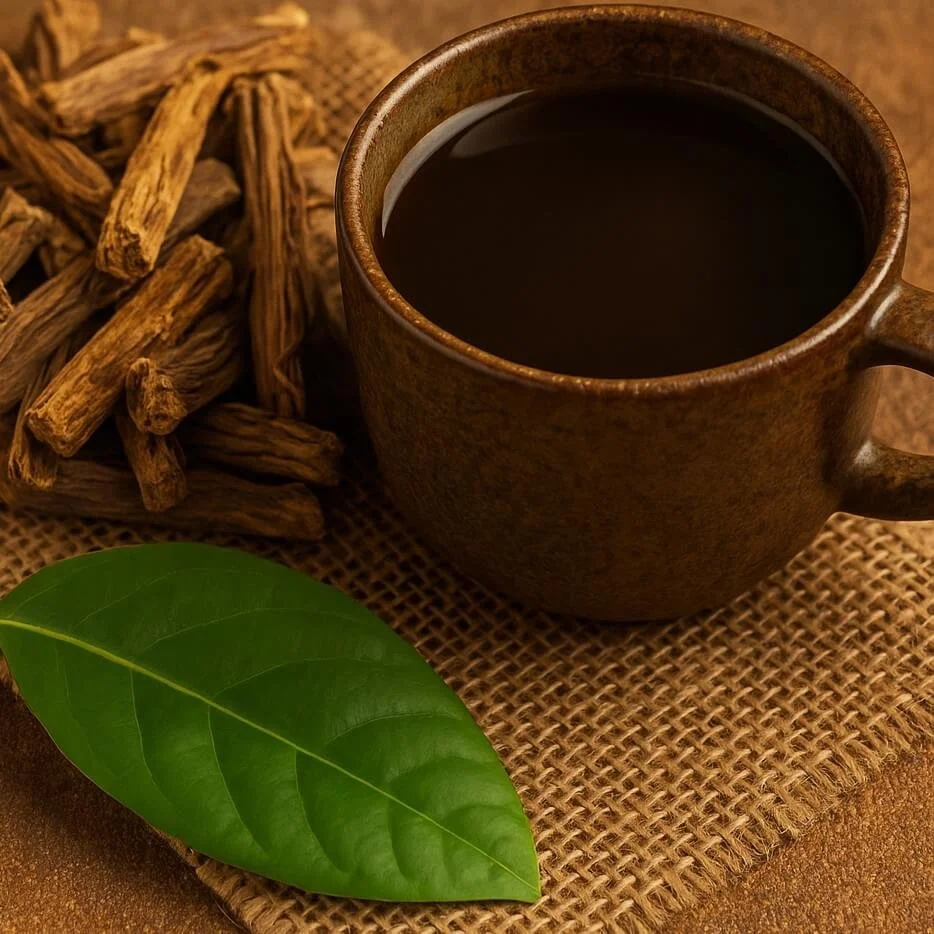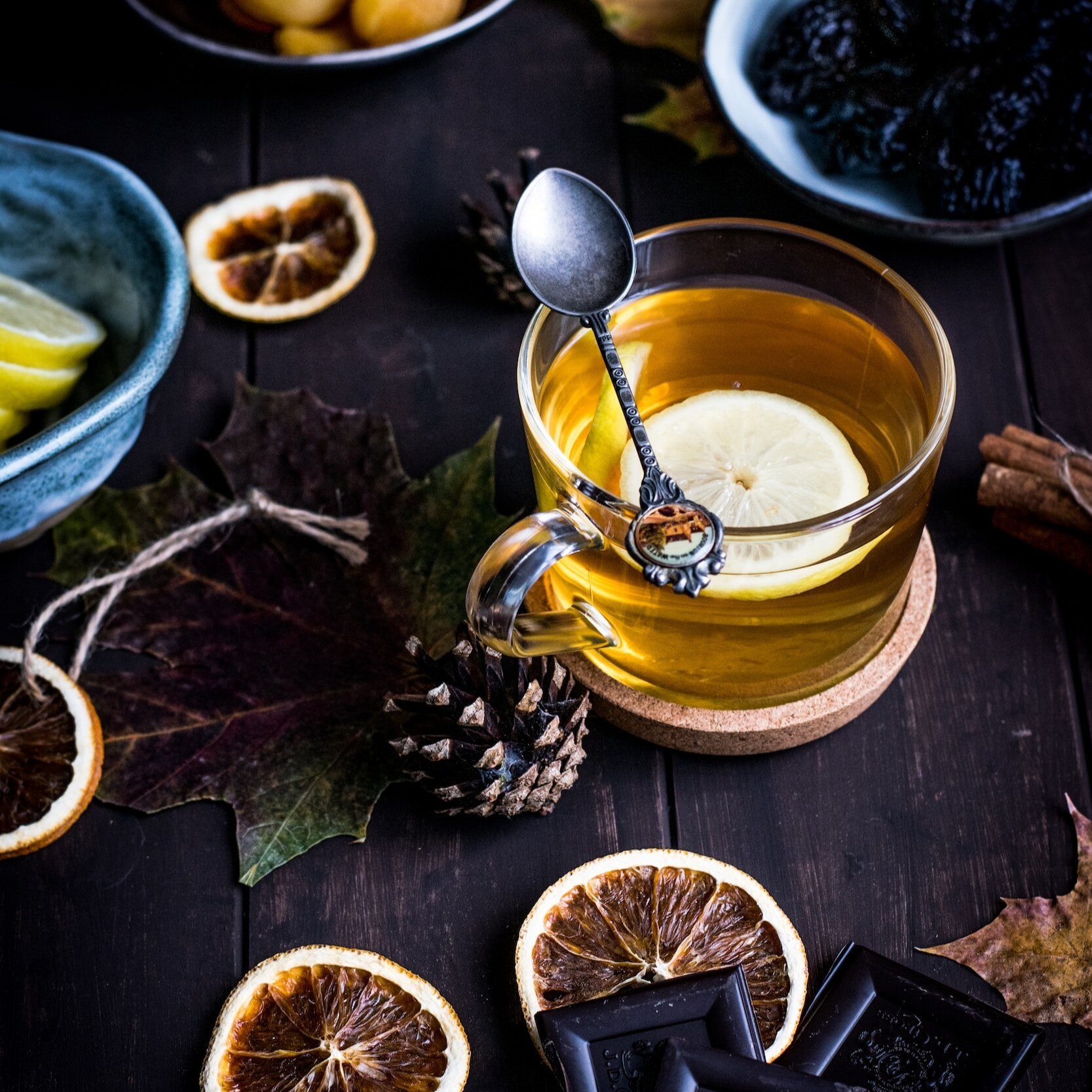Why Ayahuasca Tea Is Becoming the Gateway to Self-Discovery
Ayahuasca tea, simply known as “aya” by Peruvian natives, is far more than a drink. For centuries, it has been central to Amazonian healing ceremonies, guiding seekers through visions, self-discovery, and spiritual connection. Today, this sacred brew is drawing people from around the world to Peru, where they seek powerful experiences of transformation through its psychoactive effects.
A Guide to South American Ayahuasca Tea
The Benefits, Side Effects and Uses of This Unique Traditional South American Psychoactive Tea
What Ayahuasca?
What Is Ayahuasca Tea?
Ayahuasca tea (pronounced eye-ah-wah-ska) is an ancient Amazonian brew used for centuries by indigenous tribes in Peru, Brazil, and other parts of South America. Known for its powerful psychoactive effects, it has recently captured global attention as seekers from around the world travel to experience its healing and spiritual potential.
The Origins of Ayahuasca
The word ayahuasca comes from the Quechua language, meaning “vine of the soul” or “spirit vine.” Archaeological evidence suggests its use dates back over 1,000 years, with early remnants found in a Bolivian cave. Spanish colonizers encountered it in the 16th century, labelling it “the work of the devil.” For native healers, however, it has always been a sacred tool for connection, healing, and insight.
The Psychoactive Components
Ayahuasca is traditionally prepared with two key ingredients: the Banisteriopsis caapi vine and leaves from the Psychotria viridis plant. The vine contains natural compounds (harmala alkaloids) that allow dimethyltryptamine (DMT) from the leaves to be absorbed in the body. Together, they create visions and altered states of consciousness that can last several hours. Each shaman may add other medicinal plants, tailoring the brew for specific intentions.
The Experience and Effects
Drinking Ayahuasca can bring on intense physical, emotional, and spiritual experiences. Common effects include nausea (often referred to as “purging”), vivid visions, dreamlike journeys, and profound feelings of interconnectedness. Some describe insights into personal struggles, childhood traumas, or a sense of oneness with the universe. Others may encounter fear or discomfort if not in the right environment or mindset.
The experience is deeply personal; no two journeys are alike. Many report long-term shifts in perspective, increased compassion, and a stronger sense of spiritual purpose.
Legality Around the World
DMT, the hallucinogenic compound in Ayahuasca, is a Schedule I substance in many countries, the same category as LSD and psilocybin. This makes Ayahuasca illegal in most parts of the world. However, in South America and in some religious contexts elsewhere, its ceremonial use is legal and protected as a spiritual practice.
How Ayahuasca Tea Is Made
Preparing Ayahuasca is a ritual in itself. Shamans harvest vines and leaves with prayers, cleanse them, and boil them for hours, sometimes days, until the liquid becomes thick and potent. The taste varies from bitter and earthy to sweet and caramel-like, depending on the plants and methods used.
Before ceremonies, participants often follow a dietary and spiritual cleanse, avoiding certain foods, alcohol, or substances to purify the body. Most ceremonies are held at night, with chanting, music, and spiritual guidance from the shaman.
The effects can last through the night, and in rare cases, participants feel lingering effects for days.
7 Reasons Why Ayahuasca Is Rising in Popularity Around the World
For centuries, Ayahuasca was used almost exclusively by indigenous healers in South America. It was regarded as a sacred medicine, a way to access spiritual realms and unlock healing through visions, chanting, and ritual guidance.
Fast forward to today, and this once-guarded plant medicine has entered the global spotlight. Wellness seekers, entrepreneurs, celebrities, and everyday travellers are now flying to the Amazon or to Western-run retreats outside of South America in search of something they feel modern life doesn’t offer: healing, clarity, and connection.
So what exactly is driving this wave of interest?
1. The Search for Alternative Healing
In a world where stress, anxiety, and depression are rising, many people are looking beyond traditional medicine. Ayahuasca has gained a reputation as a tool for emotional and psychological breakthroughs.
Participants often describe one night with Ayahuasca as being equal to “years of therapy compressed into hours.” Visions and purges (the physical release often experienced during ceremonies) are said to help people confront trauma, repressed emotions, or destructive patterns. Scientific studies have started to support these claims: research suggests that Ayahuasca may reduce symptoms of depression, addiction, and PTSD.
For those who feel conventional therapy hasn’t worked, Ayahuasca has become an appealing and controversial alternative.
2. The Wellness Movement Goes Global
Ayahuasca’s popularity has grown alongside yoga, meditation, and mindfulness. As people seek out experiences that go beyond surface-level wellness, plant medicine has entered the conversation.
Retreat centres now market Ayahuasca ceremonies as part of a holistic approach, often paired with meditation, breathwork, or yoga. In Costa Rica, luxury resorts have even incorporated Ayahuasca into spa-like programs, blending ancient ritual with modern comfort.
This shift reflects a larger trend: the mainstreaming of spiritual practices. Just as yoga was once niche but is now part of daily routines worldwide, Ayahuasca is moving from the fringe to the centre of wellness culture.
3. The Celebrity Effect
When public figures speak openly about personal transformation, it tends to spark curiosity. Celebrities, athletes, and entrepreneurs have shared stories of their experiences with Ayahuasca, from life-changing visions to newfound clarity in business and creativity.
Documentaries and podcasts have amplified this buzz. Platforms like Netflix and YouTube host films that explore Ayahuasca ceremonies, while influencers post journal-style reflections of their own journeys. For younger audiences, especially, social media has turned Ayahuasca from an obscure tradition into something aspirational.
4. Science Meets Spirituality
While Ayahuasca has long been described in mystical terms, modern science is starting to validate some of its effects. Researchers are studying how DMT (the hallucinogenic compound in Ayahuasca) interacts with the brain’s serotonin receptors, potentially “resetting” neural pathways linked to depression and anxiety.
Clinical trials are ongoing, and while the science is still new, the findings are promising enough to draw attention from the medical and wellness communities alike. This blending of ancient spirituality and modern neuroscience is part of what fascinates people: Ayahuasca feels both otherworldly and cutting-edge.
5. The Rise of Psychedelic Tourism
Tourism is another key driver of Ayahuasca’s popularity. Villages in Peru, Brazil, and Ecuador have seen a boom in travellers looking for ceremonies led by local shamans. At the same time, retreat centres outside South America, in Costa Rica, Mexico, and even parts of Europe, now cater to international visitors.
For some towns, Ayahuasca retreats have become an economic lifeline, providing income while also raising questions about sustainability and cultural preservation. Critics warn against ayahuasca tourism, where commercialisation risks diluting or exploiting indigenous traditions.
Yet for many travellers, the chance to participate in an authentic ritual in the Amazon is worth the journey. The mix of adventure, spirituality, and cultural immersion has made Ayahuasca retreats a unique form of travel.
6. Risks, Controversies, and the Cultural Debate
With popularity comes debate. Ayahuasca is not without risks, both physical and psychological. The intense effects can trigger fear, confusion, or trauma if not properly guided, and stories of untrained or exploitative shamans highlight the dangers of unregulated retreats.
There’s also a cultural conversation unfolding: should an indigenous sacred medicine be turned into a global wellness trend? Some argue that Western commercialization dilutes its meaning, while others see it as a bridge for cultural exchange.
This tension adds to Ayahuasca’s mystique: it is both revered and criticized, celebrated and questioned!
7. Integration: What Happens After the Ceremony
One of the most interesting aspects of modern Ayahuasca use is the focus on integration, how participants apply their insights afterward. Retreats often include coaching, journaling, or group therapy to help people weave the experience into their daily lives.
This is where many believe the real transformation lies. Ayahuasca might provide a vision, but it’s what you do with that vision, in relationships, work, and self-care, that creates lasting change.
From the Amazon to the World
Ayahuasca’s rise in popularity reflects a global hunger for meaning, connection, and healing. For some, it’s a once-in-a-lifetime spiritual journey. For others, it’s a therapy of last resort. Whether celebrated as a sacred medicine or questioned as a wellness trend, Ayahuasca has undeniably entered the modern conversation.
As ancient traditions meet modern seekers, the vine of the soul continues to weave its way into new cultures and contexts, reminding us that the search for healing and self-discovery is universal.
Have you experienced Ayahuasca tea? Share your thoughts and journeys in the comments below, your story may inspire someone else on theirs.
Sources
Read More Articles About Tea
It is important to note that any health advice provided in this article is for informational purposes only and should not be taken as medical advice. Always consult with a qualified healthcare professional before making any changes to your diet, exercise routine, or overall health. The information provided is not a substitute for professional medical advice.





